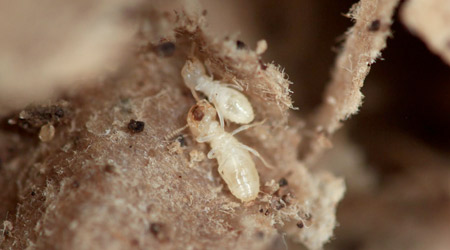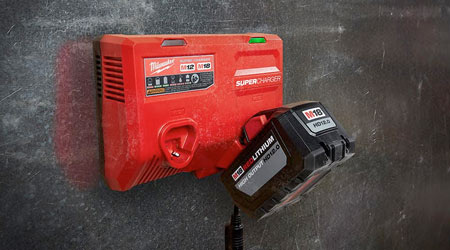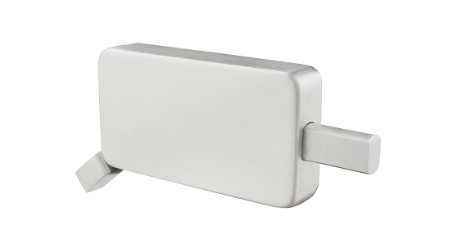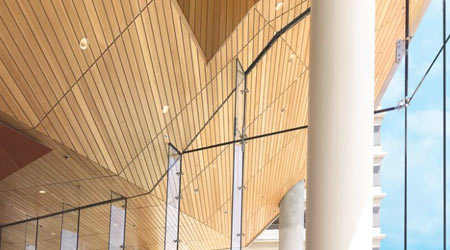« Back to Facilities Management News Home
« Facilities Management
Which U.S. City Is Most Termite Infested?

Orkin has revealed Miami as the front runner of its first-ever Top 50 Termites Cities list. Los Angeles follows in second place, with Tampa, New York and New Orleans rounding out the top five, respectively.
When it comes to types of termites, all areas of the U.S. are prone to subterranean termites with concentrations from slight to very heavy. Pacific U.S. and coastal regions of the Southeast have an additional threat of drywood termites.
The list is based on treatment data from the metro areas where Orkin performed the most first-time customer termite treatments from February 1, 2018 – January 31, 2019. The ranking includes both residential and commercial treatments.
1. Miami
2. Los Angeles
3. Tampa
4. New York
5. New Orleans
6. Atlanta
7. Washington, D.C.
8. West Palm Beach
9. San Francisco
10. Dallas
11. San Diego
12. Orlando
13. Phoenix
14. Houston
15. Raleigh, N.C.
16. Philadelphia
17. Baltimore
18. Nashville
19. Chicago
20. Charlotte, N.C.
21. Ft. Myers
22. Norfolk, Va.
23. Knoxville
24. Greenville, S.C.
25. Charleston, West Va.
26. Mobile, Ala.
27. Indianapolis
28. Cincinnati
29. Pittsburgh
30. Kansas City
31. Richmond, Va.
32. Honolulu
33. St. Louis
34. Oklahoma City
35. Tulsa
36. Denver
37. Columbia, S.C.
38. Jacksonville
39. Lexington
40. San Antonio
41. Chattanooga, Tenn.
42. Columbus, Ohio
43. Grand Rapids, Mich.
44. Boston
45. Charleston, S.C.
46. Baton Rouge
47. Louisville
48. Savannah, Ga.
49. Roanoke, Va.
50. Champaign, Ill.
Species generally swarm based on favorable weather conditions. Most species of subterranean termites swarm in the spring and summer, a time frame when homeowners are more likely to notice signs of an infestation. Drywood termites typically swarm during the late summer or fall months, from August through November. Varying conditions may mean that swarms will occur at different times.
When they’re ready, termites emerge searching for the ideal environment of warmth, moisture and food. And because of urbanization, there are fewer dead trees lying around, so termites will find their way to other sources of wood such as residential properties.
“Often called the ‘silent destroyer,’ termites can secretly hide and thrive in your home, property or yard without any immediate signs of damage for years,” said Glen Ramsey, an Orkin entomologist.
“U.S. residents spend an estimated $5 billion annually to control termites and repair termite damage – which occurs in approximately 600,000 homes each year.”
Termites invade properties by foraging from their colonies in search of food resources and finding home foundations. Cracks or gaps around pipes and wires give the pests access inside. “Termites are the ultimate workaholics – they chew constantly causing extensive damage over time. Some enter structures through wood-to-ground contact by building shelter tubes or entering directly through cracks in the foundation as small as 1/32 of an inch – about the thickness of a business card.”
These pests are a threat to your household and beyond, so it’s critical to detect and treat for them as early as possible. Anyone who suspects a termite introduction should contact a pest management professional immediately.
More From 3/8/2019 on FacilitiesNet











